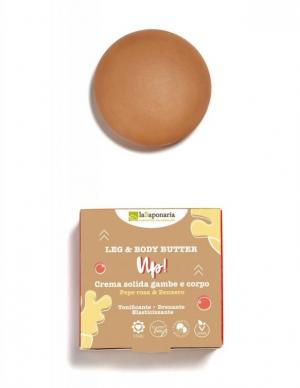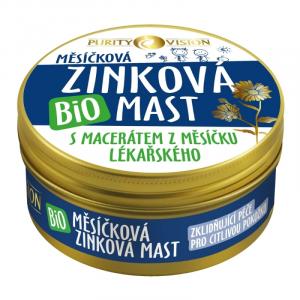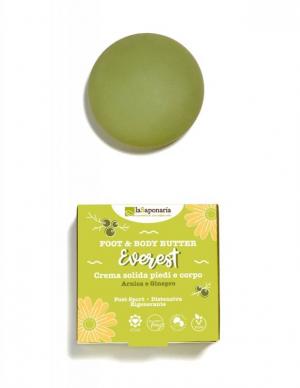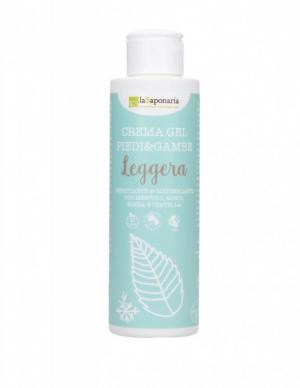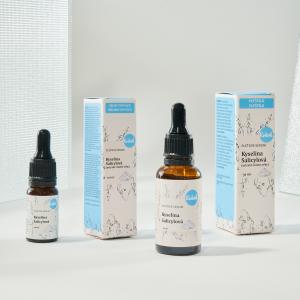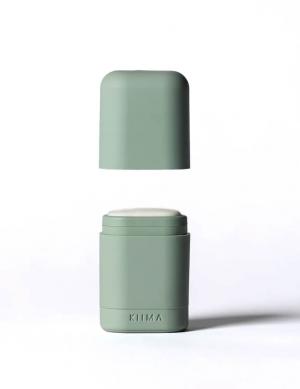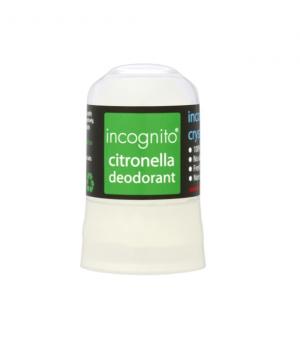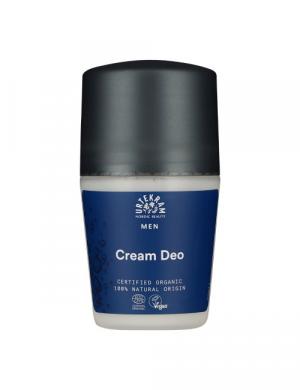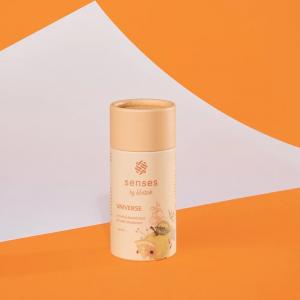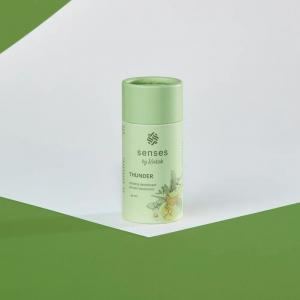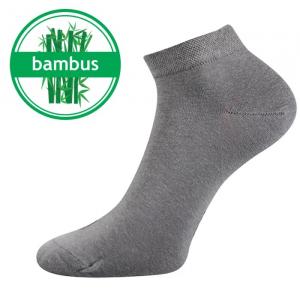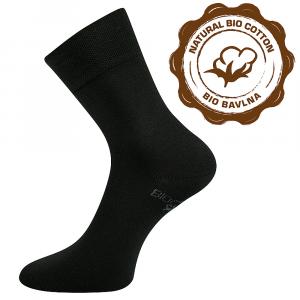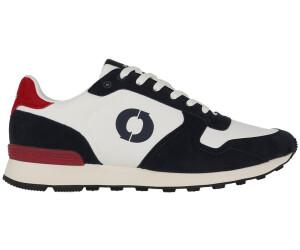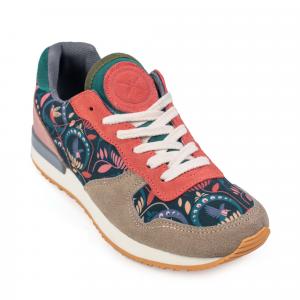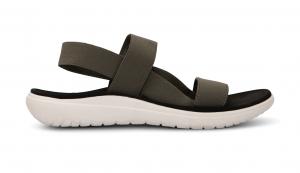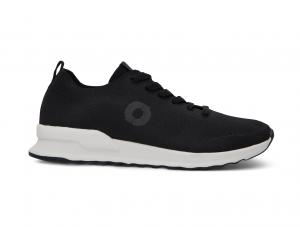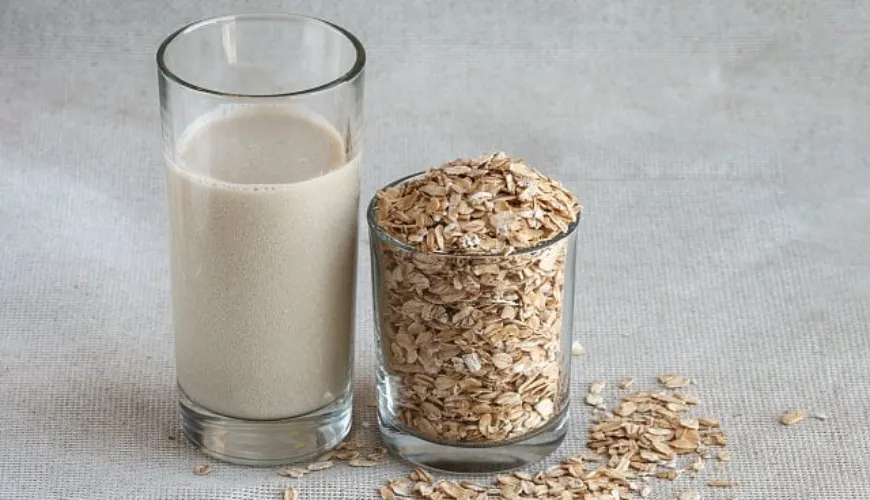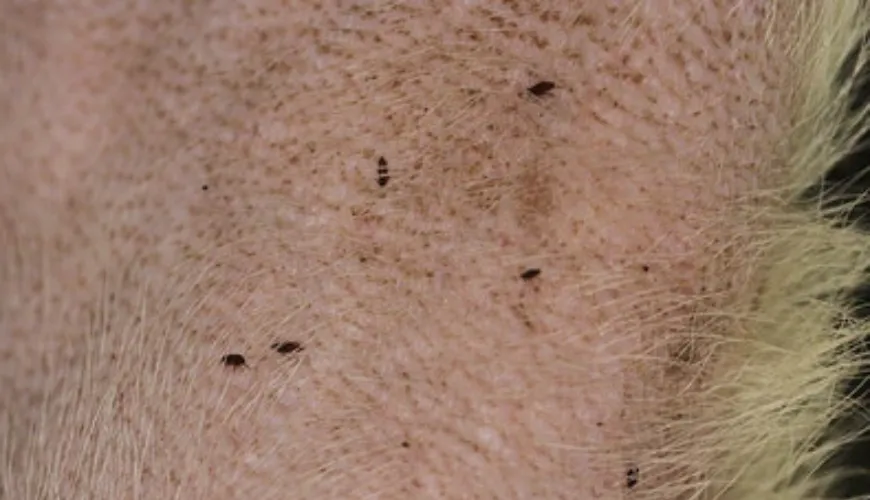
The problem called athlete's foot and how to get rid of it
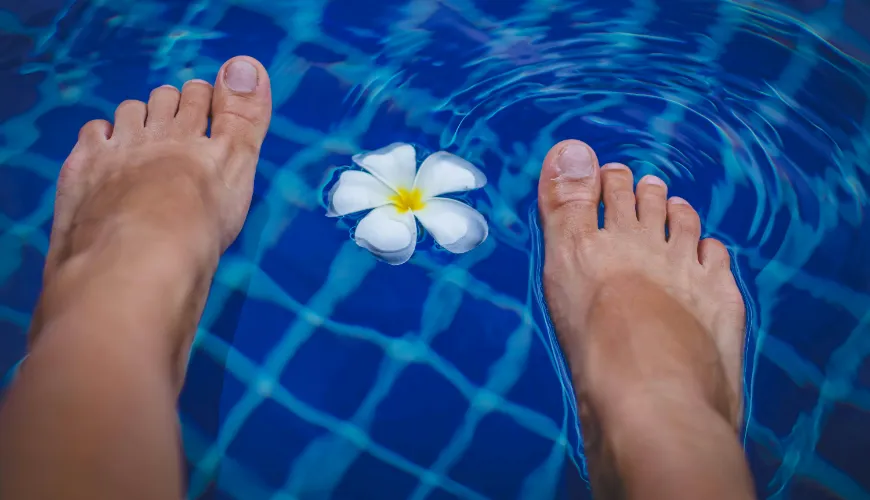
Athlete's foot, also known as tinea pedis, is an unpleasant problem that many people encounter. This infection can cause itching, redness, and peeling of the skin, and if left untreated, it can lead to more serious health issues. In this article, we will look at how athlete's foot develops, how to treat it, and what we can do to prevent it.
What causes athlete's foot?
Athlete's foot is caused by fungi that thrive in warm and moist environments. This infection is very common among athletes who spend a lot of time wearing closed shoes where their feet sweat. However, the problem can affect anyone who spends a lot of time in warm and humid conditions, such as swimming pools, saunas, or public showers. Additionally, there are other factors that can contribute to the development of athlete's foot. These factors include:
- Poor foot hygiene: Insufficient washing and drying of the feet can create ideal conditions for fungal growth.
- Excessive sweating: People who sweat a lot are at a higher risk of developing athlete's foot.
- Wearing tight shoes: Shoes that do not allow the feet to breathe can increase moisture and heat, creating an ideal environment for fungi.
- Damaged skin: Small injuries or cracks in the skin can allow fungi to enter.
Try our natural products
Symptoms of athlete's foot
Athlete's foot can be recognized by several typical symptoms. These include itching and burning between the toes, redness and peeling of the skin, painful cracks or blisters, and an unpleasant odor of the feet.
If you notice any of these symptoms, it is crucial to act immediately to prevent the spread of the infection. Inaction can lead to the spread of the fungus to other parts of the body, including the nails, and cause more serious complications.
Treatment of athlete's foot
Once you discover that you have athlete's foot, it is important to start treatment as soon as possible. There are several options for getting rid of the fungus. The first step is to use over-the-counter medications. Many creams, sprays, and ointments for fungal infections are available at pharmacies. These products often contain active ingredients that kill fungi and alleviate symptoms. Commonly used antifungal agents include clotrimazole, miconazole, and terbinafine. These medications usually need to be applied several times a day for a few weeks.
If over-the-counter products do not work, a doctor may prescribe stronger medications. These may come in the form of creams, tablets, or even injections, depending on the severity of the infection. Prescription medications include itraconazole and fluconazole. Prescription antifungal medications may be necessary especially in cases where the infection is deeper or more widespread.
Try our natural products
Some people prefer natural and home remedies, such as soaking the feet in vinegar water or applying tea tree oil. These methods may be effective, but they usually require a longer treatment time and patience. Vinegar and tea tree oil have antifungal properties that can help fight the fungi. However, their effectiveness may be lower than that of medications available at pharmacies.
Prevention of athlete's foot
Prevention is key to preventing athlete's foot from returning. So how can we avoid this unpleasant infection? One of the most important steps is to keep the feet dry and clean. After washing the feet, it is important to dry them thoroughly, especially between the toes. Use a clean towel and make sure the feet are truly dry before putting on socks and shoes.
It is also important to wear breathable footwear and socks. Avoid wearing closed shoes for long periods and wear socks made of natural materials that absorb moisture. Shoes should be well-ventilated and ideally have removable insoles that can be cleaned regularly. Breathable footwear helps keep the feet dry and reduces the risk of fungal infections.
Using antimicrobial sprays and powders can also help keep the feet dry and fungus-free. Apply them to shoes and feet, especially if you spend a lot of time in a humid environment. These products can be effective in preventing fungal infections by creating unfavorable conditions for fungal growth.
Try our natural products
Avoid walking barefoot in public places such as pools, showers, and saunas. Instead, wear flip-flops or sandals in these environments, as public places can be a breeding ground for fungi and bacteria. Protecting your feet in public places is an important prevention against fungi.
Change your socks and shoes regularly. Socks should be changed daily, and if you sweat a lot, even several times a day. Shoes should be aired out and cleaned regularly. This practice helps keep the feet dry and reduces the risk of fungal infections.
Overall, preventing athlete's foot is a matter of proper hygiene and careful foot care. Small changes in daily routines, such as regularly washing the feet, wearing breathable socks and shoes, and avoiding walking barefoot in public places, can make a big difference. Remember that clean and dry feet are key to preventing fungi. Be proactive and protect your feet so they serve you well every day.
Try our natural products
When to see a doctor?
Many people try to treat athlete's foot at home, but when is it time to see a doctor? If symptoms do not improve after a few weeks of home treatment, or if the condition worsens, it is important to consult a doctor. It may be a stronger infection that requires professional treatment. The doctor can also perform tests to determine the exact type of fungus, allowing for more targeted treatment.
Athlete's foot and lifestyle
Can athlete's foot affect our daily lives? Definitely yes. Unpleasant itching and pain can limit our activities and reduce our quality of life. It can be a frustrating problem that forces us to adjust our daily habits and foot care. For example, athletes may find that they cannot train at full capacity due to pain and discomfort caused by the fungus.
Try our natural products
But as the saying goes, prevention is better than cure. So why not invest a little time and effort into taking care of your feet to avoid these inconveniences? Small changes in daily routines, such as regularly washing your feet, wearing breathable socks and shoes, and avoiding walking barefoot in public places, can make a significant difference.
Athlete's foot is an unpleasant but treatable infection. With a little effort and the right preventive measures, we can keep our feet healthy and fungus-free. Remember that clean and dry feet are key to preventing fungi. And if the infection does occur, do not hesitate to seek help and start treatment as soon as possible. After all, who would want to suffer from itching and pain when it can be easily avoided? Be proactive and protect your feet so they serve you well every day.

